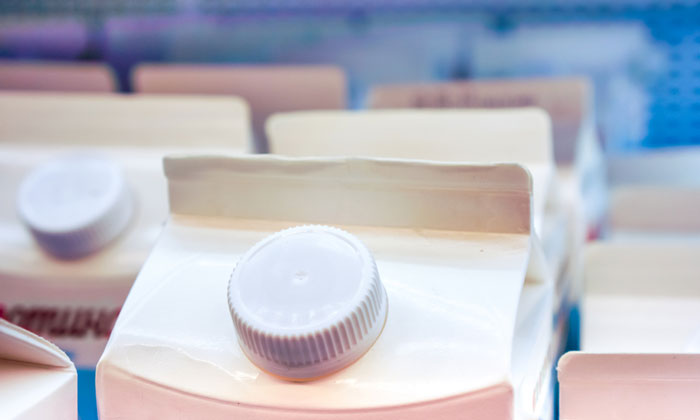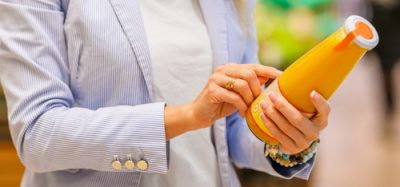Starch could replace normal plastic in food packaging
- Like
- Digg
- Del
- Tumblr
- VKontakte
- Buffer
- Love This
- Odnoklassniki
- Meneame
- Blogger
- Amazon
- Yahoo Mail
- Gmail
- AOL
- Newsvine
- HackerNews
- Evernote
- MySpace
- Mail.ru
- Viadeo
- Line
- Comments
- Yummly
- SMS
- Viber
- Telegram
- Subscribe
- Skype
- Facebook Messenger
- Kakao
- LiveJournal
- Yammer
- Edgar
- Fintel
- Mix
- Instapaper
- Copy Link
Posted: 13 June 2018 | George Smith (New Food) | No comments yet
Eventually all petroleum-based material in food packaging will have to be replaced with bio-based material. Research done at Karlstad University shows that a mixture of starch and other polymers forms an equally effective protective barrier.


PACKAGING PROBLEMS: Paper food containers are coated in protective plastic
A researcher at Karlstad University in Sweden has shown a mixture of lignin from wood and starch from potatoes or maize could work as food packaging just as well as plastic.
“Food packaging has to protect and extend the shelf life of food, and should also work during transport,” said Asif Javed, doctor in Chemical Engineering at Karlstad University. “To meet these demands, a protective barrier is needed in paper-based packing such as those used for juice or dairy.”
Paper-based food packaging needs a coating to prevent water or oxygen from penetrating the packaging and spoiling the foodstuff inside. Usually this protective coating is manufactured from petroleum-based plastic. For several decades, researchers have been trying to find a good bio-based material to replace fossil-based raw materials.
“In my research, we used a mixture of starch and lignin to create a protective barrier that is up to scratch,” said Dr Javed. “If new materials are to be used, they have to be at least as good as or better than petroleum-based material – regarding extending the shelf life of food, as well as the cost and effectivity of manufacture and transport.
“I have also worked with biodegradable mixtures of starch and some petroleum-based macromolecules. Although such material is not 100 per cent based on renewable resources, it has the important advantage of naturally degrading without leaving behind dangerous microplastics, should it end up in forests, lakes or oceans.”
Today different bio-based alternatives are already being used in food packaging, but more research is needed to replace petroleum-based materials completely in the long term.
“I hope that we will be able to do more research in this area,” added Dr Javed. “In our region, there are good prospects for research on fibre-based processes and products in partnership with the industry. In my thesis project in the Vipp graduate school I worked with Billerud Korsnäs.”
The research was conducted at the Vipp graduate school at Karlstad University, and was funded by Billerud Korsnäs and the Knowledge Foundation. Vipp, the graduate school for value creation in fibre-based processes and products, is a collaboration between Karlstad University and a number of different business, particularly in the forestry sector in Sweden and Finland.
Related topics
Packaging & Labelling, Plant based, Research & development, Sustainability, Technology & Innovation







